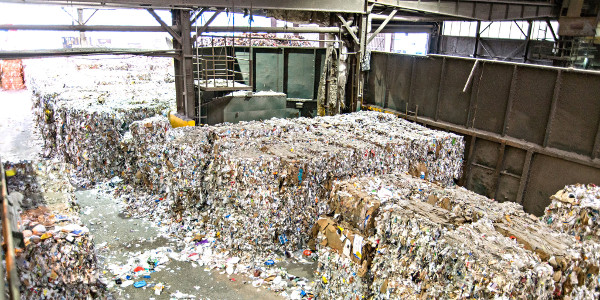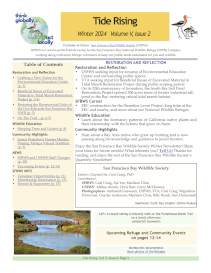Much of paper and plastic meant for recycling is ending up in landfills

A recycling facility in Seattle, Washington fills up as waste managers are struggling to find plants to process their recyclables. Credit Wiqan Ang/New York Times.
Livia Albeck-Ripka, a freelance journalist covering the environment, writes in today's New York Times Business section:
Plastics and papers from dozens of American cities and towns are being dumped in landfills after China stopped recycling most “foreign garbage.”
Read on to find out more about how, because of a far-reaching rule change in China, some of the recyclables are ending up in the local dump anyway.
Billions of tons of plastic have been made over the past decades, and much of it is becoming trash and litter, finds the first analysis of the issue, claims a study launched two years ago as scientists tried to get a handle on the gargantuan amount of plastic that ends up in the seas and the harm it is causing to birds, marine animals, and fish.
Roland Geyer, the study’s lead author and a professor at the University of California, Santa Barbara, says the team of scientists are trying to create a foundation for better managing plastic products. “You can’t manage what you don’t measure,” he says. “It’s not just that we make a lot, it’s that we also make more, year after year.”
Read the National Geographic series Planet or Plastic? to raise awareness about the global plastic waste crisis.


